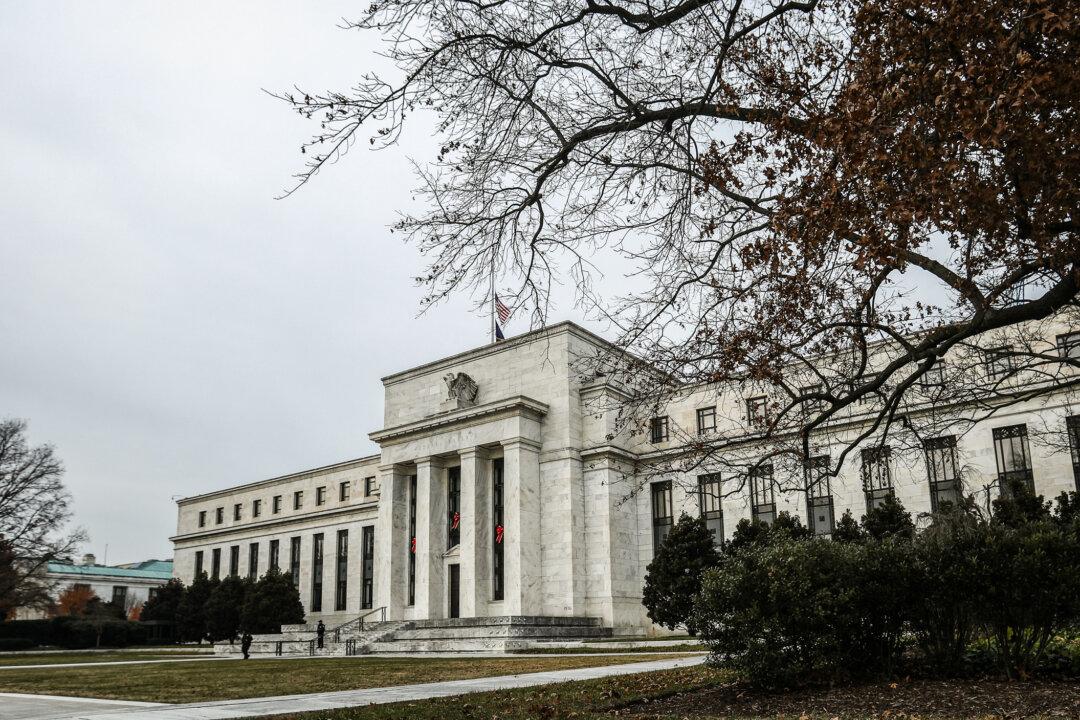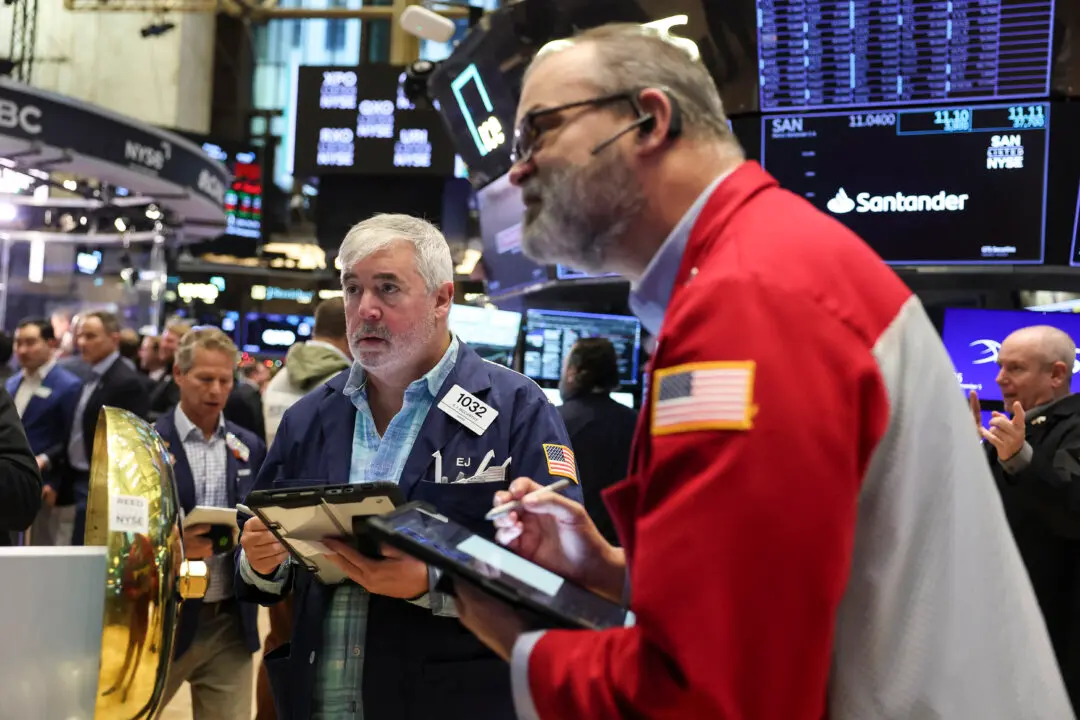Commentary
Market participants started the year with aggressive expectations of rapid and large rate cuts. However, after the latest inflation, growth, and job figures, the probability of a rate cut in March has fallen to 24 percent from 39 percent. Unfortunately for many, headline figures will support a hawkish Federal Reserve, and the latest comments from Fed Chair Jerome Powell suggest that rate cuts may not come as fast as bond investors would like.





